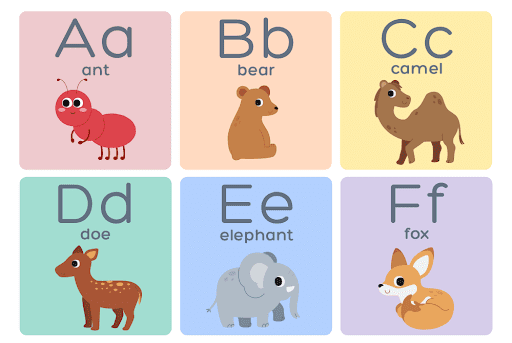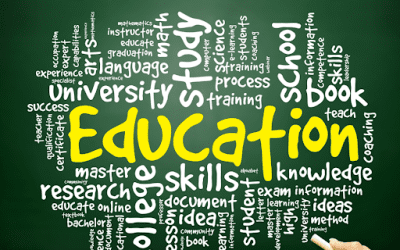Much of the talk around the science of reading has touched on the importance of systemic phonemic awareness and phonics lessons. Incorporating phonics and phonemic awareness into an ELA curriculum is essential for developing strong reading skills in students.
Phonological Awareness
Phonological awareness is the umbrella term for isolating, differentiating, and manipulating sounds of whole words, syllables, and individual phonemes. It is based on sounds only. Skills such as being able to hear rhymes or identify how many syllables a word has are part of phonological awareness.
Phonemic Awareness
The ability to understand that words are made up of individual sounds blended together is the part of phonological awareness called phonemic awareness. Phonemic awareness skills include being able to isolate the first sound in a word, such as knowing that /b/ is the first sound in the word ball. If students don’t have phonemic awareness, they will struggle to make sense of phonics.
Phonics
Phonics is the understanding of the relationship between written letters and sounds. When a reader uses their recognition of letters and their accompanying sounds to read a new word, they are using phonics. If you’ve sounded out the name of the new medication the pharmacist just gave you, you’ve used your phonics skills. Another term for this process is decoding.
Foundational Reading Skills
Phonics and phonemic awareness are critical for developing fluency and comprehension. When students can read words accurately and automatically, they are better able to focus on understanding what they are reading. Phonics and phonemic awareness instruction helps students develop the ability to decode words quickly and accurately, leading to improved fluency. The science of reading, therefore, identifies phonics and phonemic awareness as foundational reading skills.
Incorporating Phonics and Phonemic Awareness in ELA Curriculum
By aligning their curricula with the science of reading, publishers can provide teachers with the tools and resources they need to effectively teach reading. This will ultimately benefit students, as they will receive high-quality reading instruction that is based on the latest research and has proven to be effective. ELA curricula publishers should:
- Provide explicit instruction on the rules and patterns of the English language.
- Model how to break down words into individual sounds.
- Show early readers how to blend sounds together to make words.
- Provide opportunities for students to practice phonemic awareness skills independently.
- Use decodable books that incorporate phonics and phonemic awareness skills.
- Develop apps and digital resources that use interactive tools and games to reinforce phonics and phonemic awareness skills.
- Provide frequent opportunities for students to read aloud, using their phonics and phonemic awareness skills.
- Use assessments to monitor students’ progress and identify areas that require additional support.
- Incorporate multi-sensory activities that engage students in learning through different modalities.
- Practice and apply these skills in a variety of contexts with a variety of texts.
Summary
In conclusion, incorporating phonics and phonemic awareness into ELA curricula is crucial for developing strong reading skills in students. Educational publishers can use hands-on activities, technology, practice, and integration with other skills to enhance students’ learning experiences and help them achieve success. Regular assessments can help measure progress and guide instruction. By prioritizing phonics and phonemic awareness, educational publishers can use the science of reading to help their users become successful readers.




